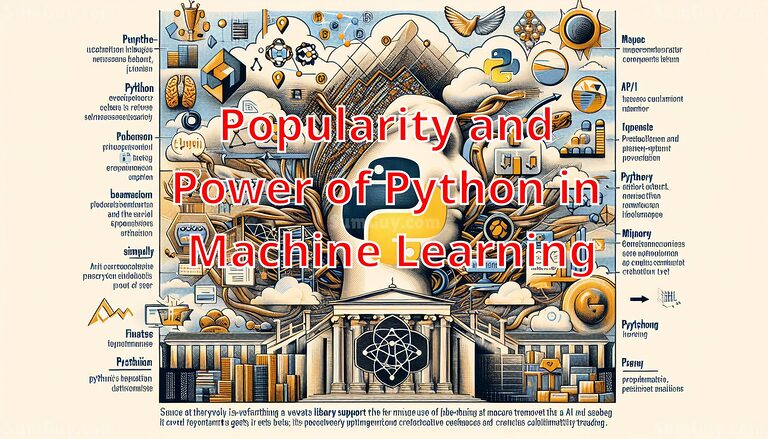Free Data Synchronization with Obsidian LiveSync and CouchDB
Discover how to enhance your note-taking experience with Obsidian LiveSync, a powerful plugin that synchronizes your Obsidian vault across devices using CouchDB. This guide explores various syncing methods, delves into the benefits of LiveSync, and provides detailed steps on setting up CouchDB via Docker Compose for optimized data synchronization. Unlock seamless sync, real-time collaboration, and robust data security with Obsidian LiveSync.






